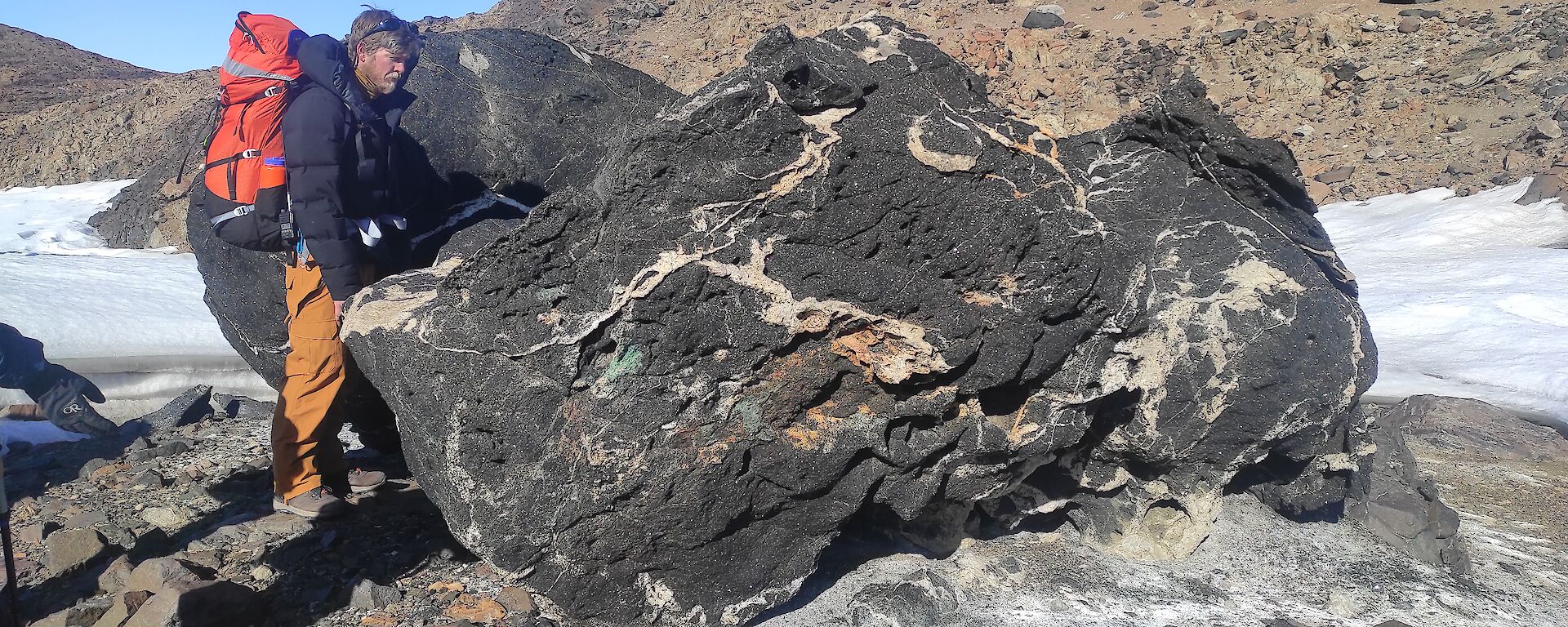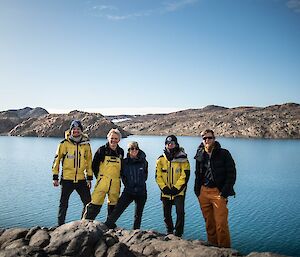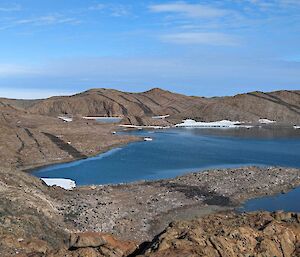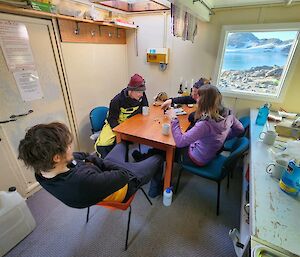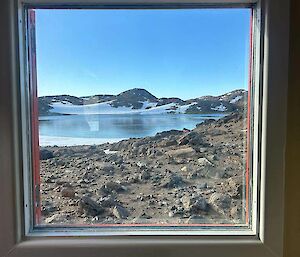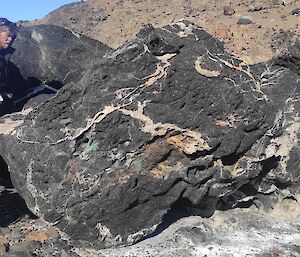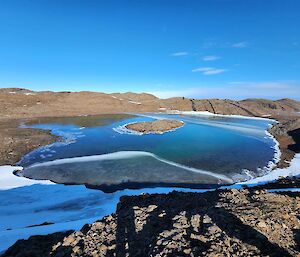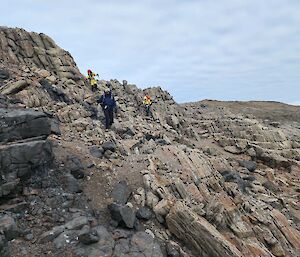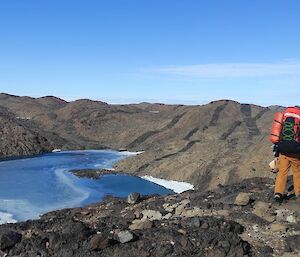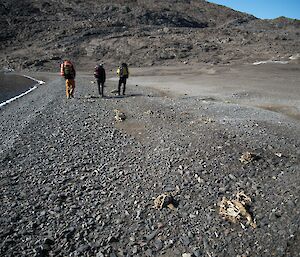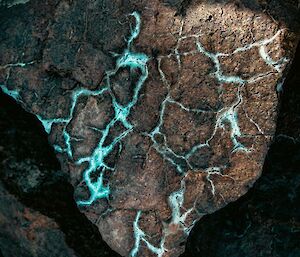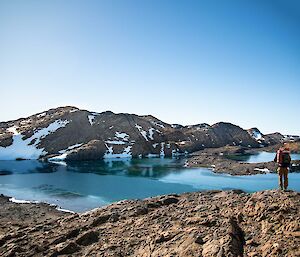Last weekend, Kat, Todd, Tas, Clokey and I went on a hiking adventure around the Vestfold Hills, staying at the two field huts, Brookes and Watts. We departed from station on Friday night and returned home on Sunday, trekking around 10km each day.
Expeditioners are allowed to head out on the weekend and stay at field huts that contain basic cooking facilities, water, beds and lots of snacks. My favourite field hut so far is Watts Hut. Watts is surrounded by Lake Druzhby, Ellis Fjord and Watts Lake, an amazing place for a field hut. Looking out the main window, you can be forgiven for thinking the picturesque view is a photo hanging on the wall, but it is actually the view we have the pleasure of experiencing as we play games and listen to Clokey’s mostly great but sometimes awful jokes. There is a great sense of peace and relaxation at Watts, most people even say they sleep better at Watt’s than they do on station.
Staying at field huts is just as much about the journey as it is about the destination. Before the sea ice freezes again in a few months, the only way to reach the huts is by hiking through the Vestfold Hills. There are no defined paths to take to and from huts; on this trip, trip leader Kat chose a great route that included some new lakes we hadn’t seen before and a new, interesting way back home. Navigation is mostly done by looking at a map on your phone and figuring out where you are based on obvious landmarks like high points and lakes.
Each time I travel through the Vestfold Hills, I become more interested in the terrain. In some ways the environment is so barren, lifeless and “dank”, but in other ways it is full of vibrant colours, intriguing shapes and an amazing atmosphere. Large dolerite dykes stretch for kilometres, crisscrossing to create amazing patterns far off in the distance. Small trickles of water run under thin sheets of ice, creating bizarre moving air bubbles that resemble giant tadpoles. Photos can’t do the experience justice (though Todd’s professional level photos do come close) because they don’t capture the cold wind on your face and in your ears, or the feeling of awe you experience from being immersed in the vast landscape. Each time I travel into the Vestfolds, I find something else to appreciate and I am surprised by how much it continues to change throughout the year.
The Vestfold Hills are a geologist’s playground. There are crystals of different colours sprinkled across the ground and it is not uncommon for someone to stop the group and point out a particularly cool rock. The landscape changes as you traverse through the hills, some places will have large sharp rocks that are presumably the result of a rockfall long ago, while other places will be quite boggy and flat with all sorts of small rocks embedded in the mud. Rock nerds like Tas and I often fall behind the rest of the group as we stop to admire a cool rock.
One of the most interesting places on our trip was on the southern bank of Club Lake (the lake, not the famous nightclub). We came across a graveyard of heaps of seals and penguins in varying states of decay. Places like these serve as a reminder of how extreme the conditions can be here and how cruel life can be for these animals that supposedly got lost and couldn’t find their way back to the ocean. So many questions come to mind when trekking through places like this and other parts of the Vestfolds; “How long has that seal skeleton been sitting there?”, “Why are these rocks stripy and these ones spotty”, “How old is the lichen on that rock?”. I always think it would be amazing to see a time lapse of the last million years to see how the land has changed, why there are dead animals all in one spot so far from the ocean, and why the types of rock can change so dramatically over a few hundred metres.
Growing up in Australia, most of our crew are still easily entertained by the novelty that the cold weather brings. You might be surprised by how much time grown adults can spend having fun throwing rocks into thinly frozen lakes and laughing at how the ice breaks in various ways, watching in awe at how the ripples travel under the frozen surface, and listening to the weird sounds that the ice can make.
These small trips away from station are one of the best parts of living and working in Antarctica. The best thing about these trips is you get to share all these amazing experiences with great friends. Thanks to Kat, Todd, Tas and Clokey for an awesome weekend!
Marshall
Electronics Engineer

